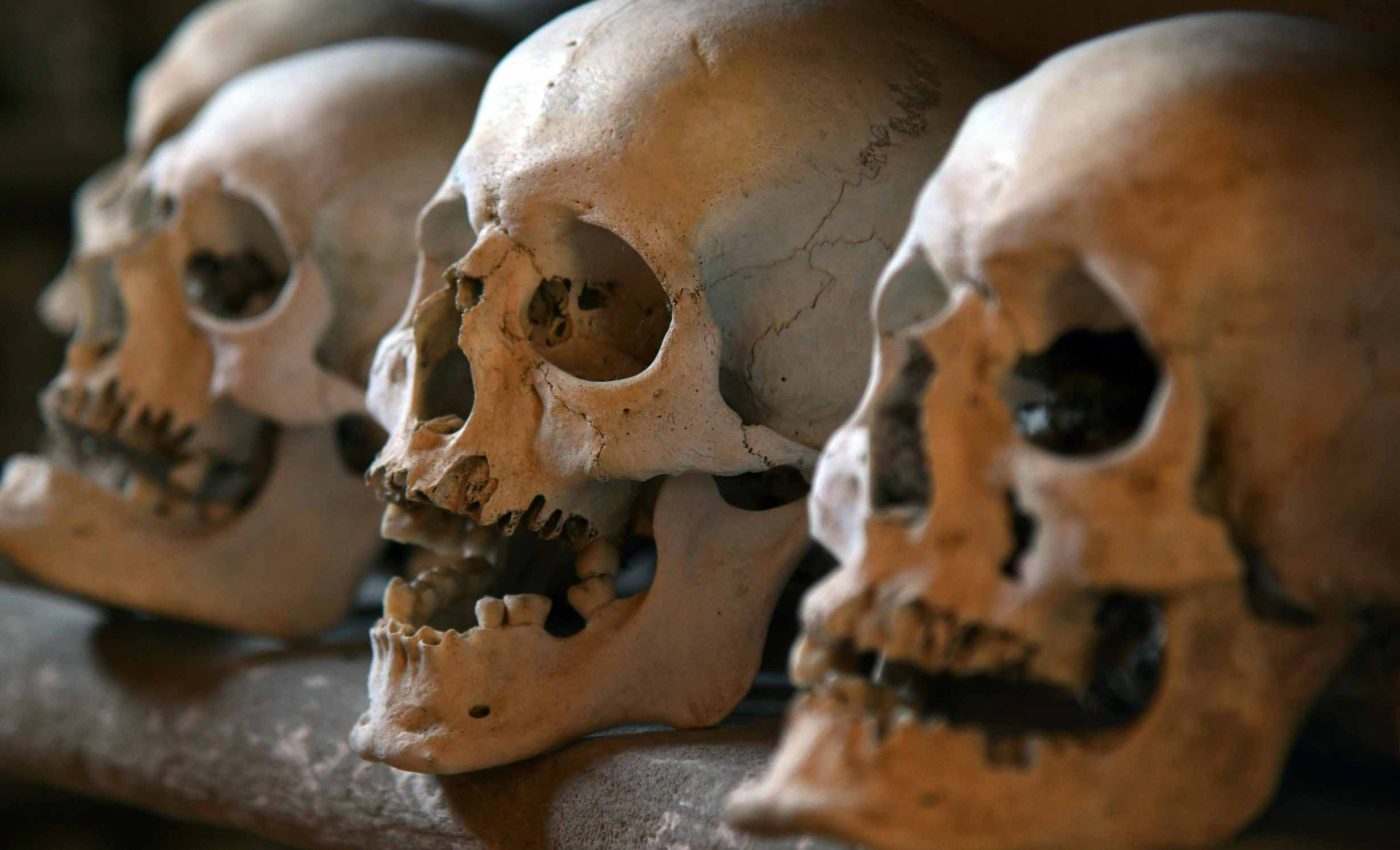
317 skeletons from the Roman Empire found beneath an old shopping center
Gloucester is buzzing with talk about an unexpected archaeological find beneath a long-abandoned department store in its center. Workers preparing to renovate the space stumbled onto traces of ancient history that ended up including 317 human skeletons.
For months, the site was just another outdated commercial block that needed a facelift. Nobody guessed what mysteries lurked just below the floor.
Heading up the operation is archaeologist Cliff Bateman from Cotswold Archaeology, who began investigating the area when the University of Gloucestershire decided to build a new city campus there.
This initiative quickly took an unexpected turn once the team realized the scale of hidden structures, vaults, and graves.
Piecing together Gloucester’s distant past
Gloucester traces its origins to a legionary fortress constructed by the Romans in the AD 40s. Traces of those early foundations have surfaced in different parts of the city, hinting at an intricate puzzle that spans nearly two thousand years.
This newly uncovered site lies in what once might have been the northeast quadrant of that Roman town. In the basement, experts discovered mosaic floors that confirm the presence of ancient dwellings.
Centuries of continuous occupation turned the area into a layered hub of Roman, medieval, and post-medieval development. The find sheds new light on how the city evolved over time, from imperial frontier outpost to bustling trade center.
Uncovering St. Aldate’s church
Buried beneath the modern facade, archaeologists located the footing of an 18th century building known as St. Aldate’s Church. Constructed around the mid-1700s, it was eventually demolished in 1960 to make way for new uses.
Historical records suggest the site replaced a much older church that may have stood before the Norman Conquest. Conflicts during the English Civil War forced massive structural changes across Gloucester, and it appears that the earlier church did not survive.
Near this later structure, the team documented 83 brick burial vaults and other graves that held 317 skeletons. Several coffins lay within well-preserved brick enclosures, offering a glimpse into past funeral customs.
Such details might help historians piece together shifting traditions in church architecture and burial practices. Alongside these findings, the crew retrieved objects ranging from bits of Roman pottery to fragments of a post-medieval wine bottle.
Tracking intriguing clues from the 16th century
Among the most fascinating discoveries was a tobacco pipe that points to changing habits and trade networks in the 1500s. Experts also note that some human remains showed telltale signs of rising sugar consumption during this era.
Researchers plan to conduct more detailed studies of those teeth and bones to learn about health and lifestyles hundreds of years ago. They believe the shift in food availability and global trade routes left a direct imprint on dental records.
Why it matters for modern gloucester
The University of Gloucestershire hopes that these insights will add to local appreciation of the city’s layered identity.
Each uncovered fragment reminds residents that they walk over a tapestry of stories that has been woven across centuries.
Planners envision a city campus that respects this cultural wealth while providing modern spaces for teaching and community events. Digging deeper has proven that progress can go hand in hand with preserving knowledge of the past.
Reflections from the lead archaeologist
“It’s a massively important place,” said Bateman. He has been exploring Gloucester’s hidden layers for decades and believes this city still holds many untold secrets.
His longtime affiliation with Cotswold archaeology has brought him face-to-face with countless artifacts and remains. This project, however, stands out because of its scope and the remarkable variety of eras uncovered at once.
Looking ahead
Although fieldwork is complete, the research phase is only beginning. Specialists will analyze the skeletons, vaults, and everyday items to learn about disease prevalence, dietary habits, and social customs.
By examining enamel wear, carbon isotopes, and other data points, scientists aim to pinpoint evidence of changing diets and lifestyles. Future generations of students and residents might benefit from exhibits and educational programs inspired by these findings.
Local historians look forward to fresh research that connects these revelations with written accounts from the middle ages. Clues from excavated pottery, structural remnants, and skeletal remains may reveal how communities coped with war, religion, and shifting economies.
Archaeology has a unique way of bridging the gap between present and past. Uncovering physical traces of vanished worlds reminds everyone that Gloucester’s modern face rests on a bedrock of layered experiences.
This project began with a simple plan to repurpose an old department store. It ended up transforming how we see the city’s deeper narrative.
Rethinking today’s construction efforts sometimes means looking at yesteryear’s footprints. The analysis of these remains might reshape Gloucester’s place in the greater history of Britain..
—–
Like what you read? Subscribe to our newsletter for engaging articles, exclusive content, and the latest updates.
Check us out on EarthSnap, a free app brought to you by Eric Ralls and Earth.com.
—–













